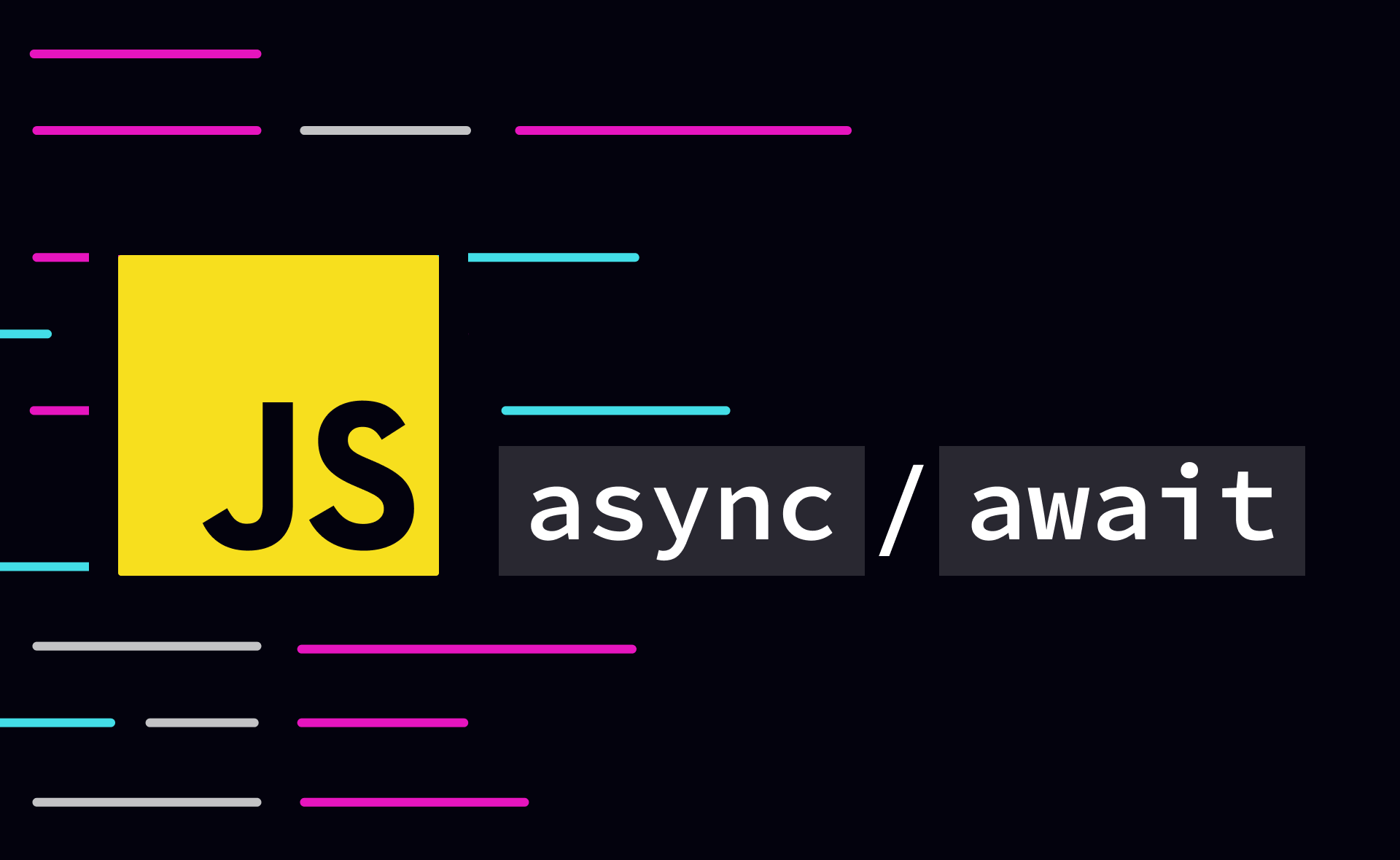
Mastering Async/Await: Writing Cleaner Asynchronous Code
Asynchronous programming is essential for handling tasks that require waiting, like fetching data from APIs or reading files. In JavaScript, we’ve traditionally handled asynchronous operations with callbacks and later with promises. However, async/await—introduced in ES2017—has brought a more readable and concise way to write asynchronous code, making it easier to understand and maintain.
In this post, we’ll explore how async/await enhances code readability compared to promises and callbacks and dive into practical examples.
The Challenge with Callbacks
Before promises, JavaScript developers used callbacks to handle asynchronous tasks. However, as tasks became more complex, callbacks created "callback hell", making code difficult to read and debug.
Example with Callbacks
function fetchData(callback) {
setTimeout(() => {
callback(null, "Data loaded");
}, 1000);
}
fetchData((error, data) => {
if (error) {
console.error("Error:", error);
} else {
console.log(data);
}
});
As we nest more callbacks to handle sequential operations, code indentation grows, and error handling becomes increasingly complex.
Promises: An Improvement
Promises came to address callback hell by providing a more structured approach to handling asynchronous operations.
Example with Promises
function fetchData() {
return new Promise((resolve, reject) => {
setTimeout(() => {
resolve("Data loaded");
}, 1000);
});
}
fetchData()
.then(data => console.log(data))
.catch(error => console.error("Error:", error));
Promises flatten the structure and separate the success and failure paths, but chaining .then() blocks can still feel clunky, especially for complex logic.
Enter Async/Await: Making Asynchronous Code Synchronous
The async and await keywords offer a cleaner and more synchronous-looking syntax for handling asynchronous operations. An async function returns a promise, and within this function, await pauses the execution until the promise resolves, making code look sequential and readable.
Example with Async/Await
async function fetchData() {
return new Promise((resolve, reject) => {
setTimeout(() => {
resolve("Data loaded");
}, 1000);
});
}
async function displayData() {
try {
const data = await fetchData();
console.log(data);
} catch (error) {
console.error("Error:", error);
}
}
displayData();
In this example, displayData appears to run synchronously but handles asynchronous tasks behind the scenes. Using await removes the need for chaining and keeps error handling simple with try/catch blocks.
Key Benefits of Async/Await
- Readability: Async/await syntax looks similar to synchronous code, making it more intuitive to read and maintain.
- Error Handling: By using
try/catch, error handling becomes more consistent and easy to follow. - Debugging: Debuggers can step through async functions more naturally than through promise chains.
- Code Structure: Async/await minimizes indentation and provides a clearer code structure, especially for sequential tasks.
Async/Await in Real-world Use Cases
Fetching Data from Multiple APIs Sequentially
Using async/await, we can make sequential API calls in a cleaner way.
async function fetchUserData() {
const userResponse = await fetch("https://api.example.com/user");
const userData = await userResponse.json();
const postsResponse = await fetch(`https://api.example.com/users/${userData.id}/posts`);
const postsData = await postsResponse.json();
console.log("User:", userData);
console.log("Posts:", postsData);
}
Each line appears as though it’s executing one after another, making the code straightforward.
Parallel Async Operations with Promise.all
While async/await works well for sequential tasks, sometimes we need parallel execution. Promise.all allows us to run multiple promises simultaneously.
async function fetchAllData() {
try {
const [userData, postsData] = await Promise.all([fetch("https://api.example.com/user").then(res => res.json()), fetch("https://api.example.com/posts").then(res => res.json())]);
console.log("User Data:", userData);
console.log("Posts Data:", postsData);
} catch (error) {
console.error("Error fetching data:", error);
}
}
Using Promise.all within async/await syntax allows both requests to start together, reducing wait time and improving efficiency.
Common Pitfalls with Async/Await
While async/await is powerful, there are some common pitfalls to keep in mind:
-
Forgetting
await: If you forgetawaitwhen calling an async function, it returns a promise instead of the expected result.async function fetchData() { return "Data"; } const data = fetchData(); // Returns a Promise, not the actual data -
Blocking Execution: Although async/await makes code look synchronous, blocking a thread for long operations can still slow down the app. For heavy computations, consider offloading work to web workers or separate threads.
-
Error Propagation: Errors in async functions propagate through promises. Always use
try/catchto handle errors gracefully.
Conclusion
Async/await has transformed the way JavaScript developers write asynchronous code, making it more readable, structured, and easier to debug. By reducing the need for .then() chaining and embracing try/catch for error handling, async/await allows you to write code that’s both cleaner and more maintainable.
The next time you’re working on asynchronous operations, consider how async/await can help simplify your code and improve readability.
Happy coding!